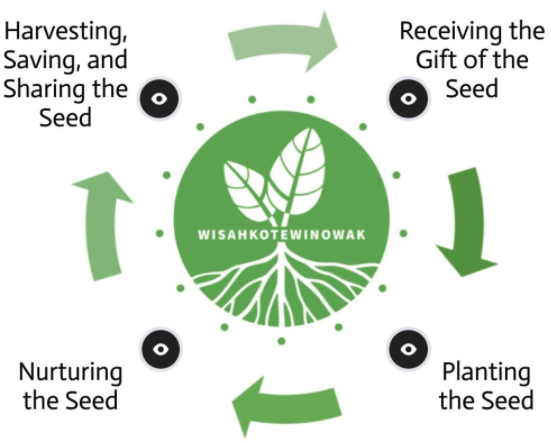Understanding and Assessing Impacts
Climate change impacts such as heat waves and extreme rain will affect local food systems and security, an important determinant of health, through food accessibility, distribution and food safety. Food security within diverse Indigenous contexts, however, should not be narrowly defined as having enough to eat or sufficient household funds to purchase processed foods that may be more accessible. To restore sustainable relationships to the Land, culture, and communities, and advance reconciliation efforts alongside social and environmental justice, a resurgence of community roles and responsibilities is needed.
Organizations and agencies across jurisdictions must be aware of how Indigenous leadership can be engaged to revive and protect shared environments within urban and peri-urban regions. Climate change threatens the urban natural infrastructure we depend on for a myriad of services, while urbanization encloses more of our natural spaces. Better protection and management of these natural spaces are instrumental to the well-being of humans and non-humans alike. The Wisahkotewinowak initiative offers solutions to these challenges.
